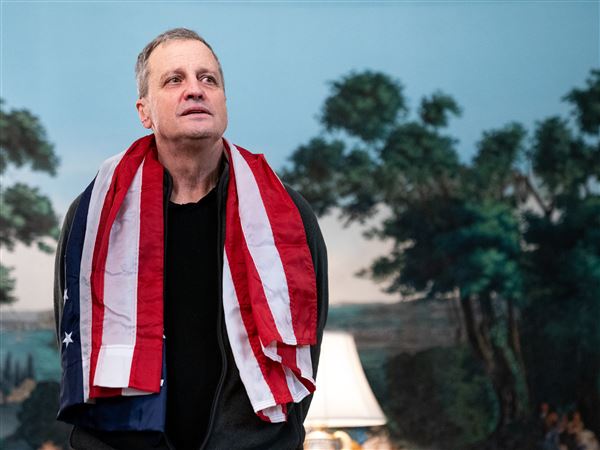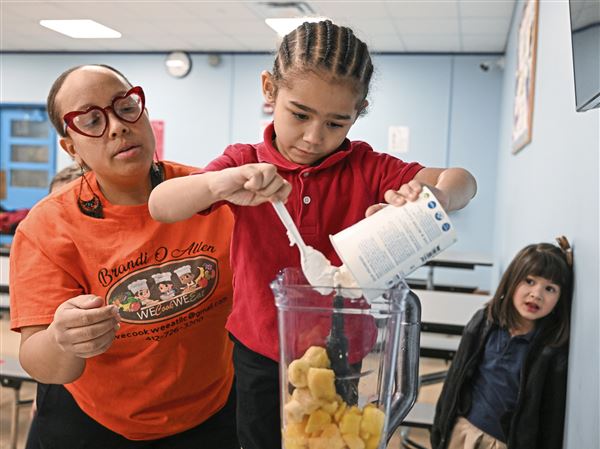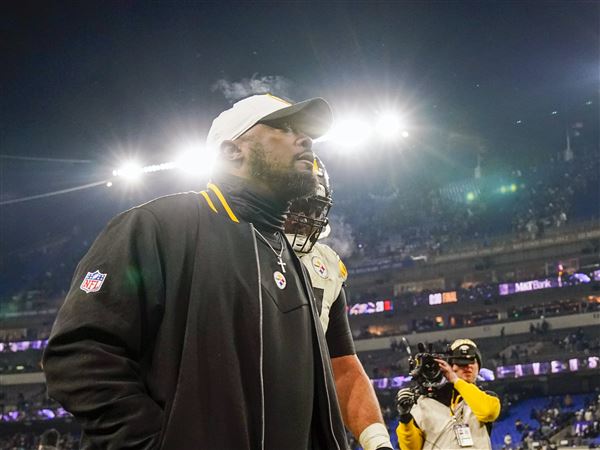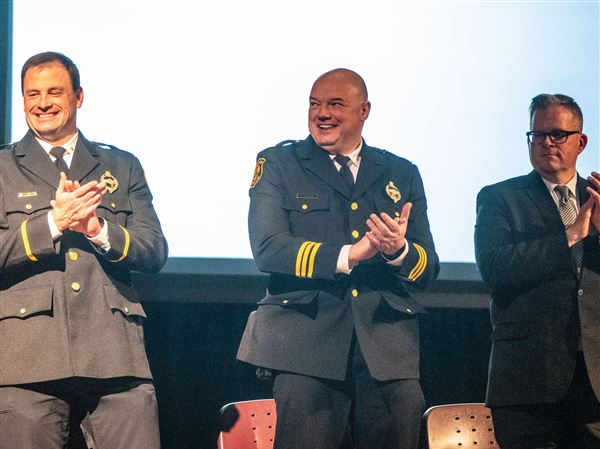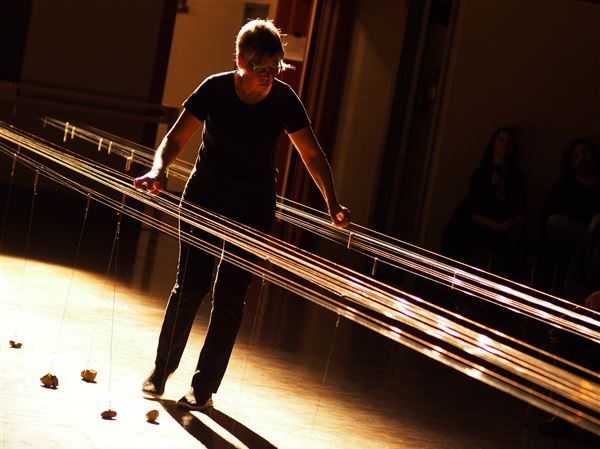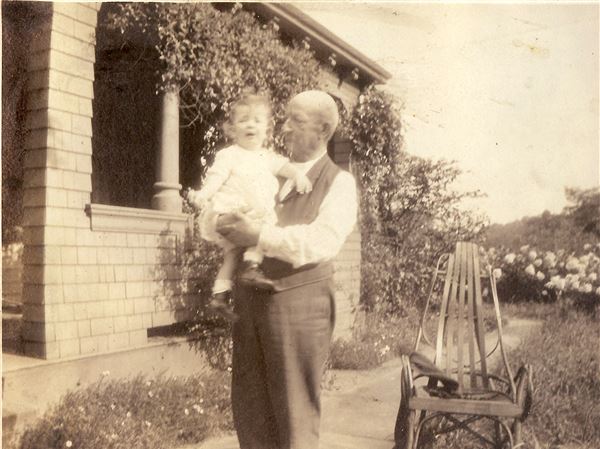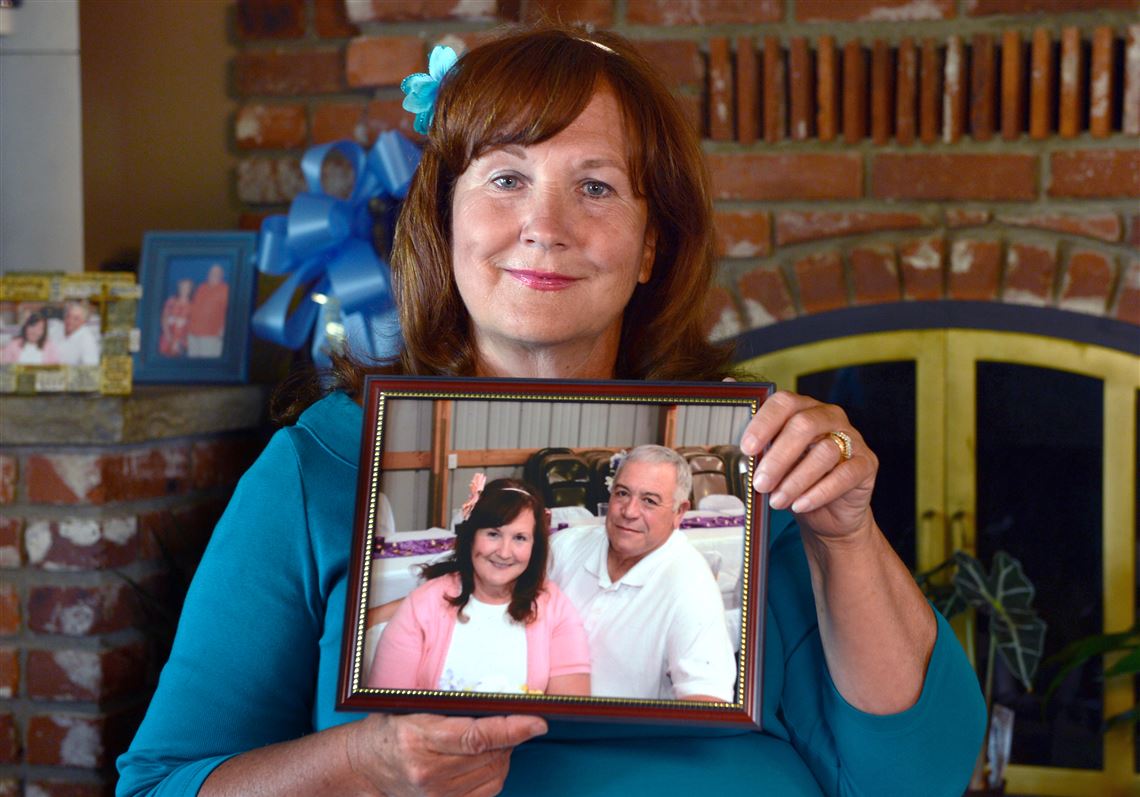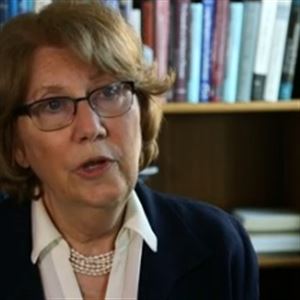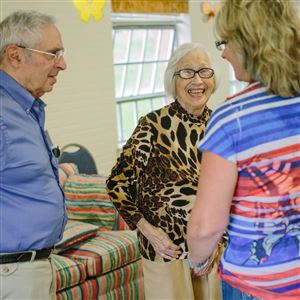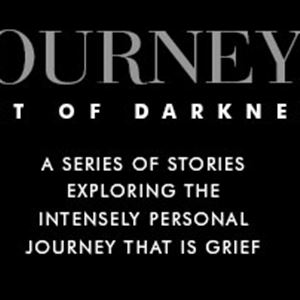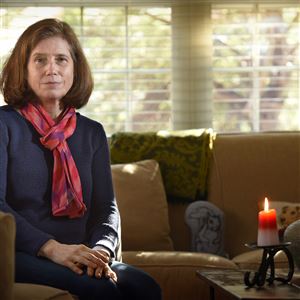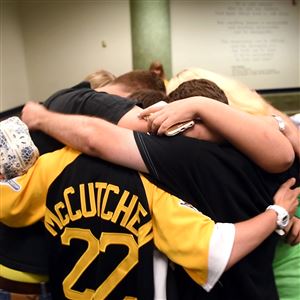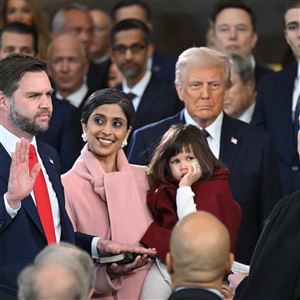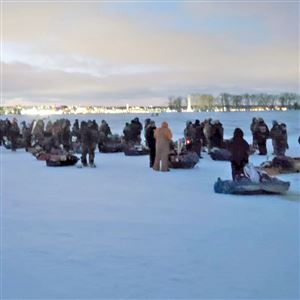Deborah Brown Mills sat in front of her living room hearth filled with sympathy flower arrangements, pointing to the easy chair where her husband died unexpectedly in his sleep.
“We always said ‘Let’s get a will’ — we just never got down to doing it,’” she said. “My husband had a quest for life. He never thought about death. He was going to live forever.”
Despite 41 years of marriage, funeral arrangements weren’t something that she and her husband, Jack, had ever talked about. So when her husband died in July at age 62, there were so many decisions to be made that most of them are now just a blur.
It can be a pressure-filled time, said Steve Slater, owner of the Stephen D. Slater Funeral Home in Jefferson Hills. He remembers a radio advertising campaign in the 1980s that announced that there were dozens upon dozens of decisions to be made within 48 hours after someone’s death to plan a funeral.
The ad was for funeral pre-planning services, but the voice on the radio has stuck with him as he meets with families already dealing with the loss of a loved one — and then thrust into a whirlwind of funeral planning and expense.
For Ms. Mills, of Jefferson Hills, a few key decisions stand out —- a blue casket liner because that was their favorite color. A cemetery plot that happened to be open under two trees near where four generations of her family are buried in Lebanon Church Cemetery. A viewing and funeral with enough time for friends and relatives to travel from Utah, Alabama, Florida and elsewhere far afield. And an all-white burial outfit, in accordance with the traditions of The Church of Jesus Christ of Latter-day Saints.
Mrs. Mills, leaned upon both her faith and her decades of experience as a nurse to get her through the funeral planning process.
“I still kept my composure,” she said. “With all my nursing training, I knew there were certain things that had to be done even though I was a mess inside.”
Though there are dozens of details, the first general decision that a person must make in planning a funeral is whether there will be a viewing, said Mr. Slater. If so, the body will be almost certainly be embalmed.
If not, there are other options. To embalm or not? Cremation, traditional burial or donation to science?
And there are dozens of little decisions. What music will be played at the service? Will there be prayer cards? How should forms be filled out? One particularly tricky question on a vital statistics form asks whether tobacco contributed to the person’s death, said Mr. Slater, which creates confusion among family members of longtime smokers who didn’t necessarily die directly from tobacco use.
When Mr. Slater got his funeral director license in the early 1980s, virtually every funeral he performed was a traditional Catholic service, in a church, with a Mass.
“In 1983, when the phone rang, we had a clue what the person was going to do,” he said. “Today, when the phone rings, you have no idea.”
Still, Pittsburgh is much more traditional than other areas of the country. The cremation rate in the region, which is steadily growing, is still under 20 percent, he said — compared to 50 or 60 percent in California.
There have been other changes in the last 30 years as well, he said. With family members more likely to be spread throughout the country, the period between death and the funeral itself has lengthened, to give people time to get into town for the service.
For the same reason, a traditional cemetery burial might be less attractive, if family members have made lives thousands of miles away and are unlikely to visit.
About 30 to 40 percent of the funerals that he handles are formally pre-planned, said Mr. Slater, with written documentation of the person’s wishes. As for the rest, the vast majority of people have some idea of what they or their loved ones would have wanted. Even Ms. Mills — though the details hadn’t been discussed — knew that she wanted to follow the traditions of the Mormon church.
“Seldom in this day and age are they completely and totally clueless unless it’s a young person very suddenly,” he said. In those instances, he said, he tries to shield the family members from making so many little decisions at once, perhaps finding a trusted surrogate who can help with the details.
He does believe, however, that making some decisions is therapeutic. He has had instances where family members take care of everything ahead of time — including even dropping off clothes — and don’t have to visit the funeral home until the service.
It’s a sentiment shared by Joshua Slocum, executive director of the National Funeral Alliance in Burlington, Vt., who believes that even small gestures such as writing obituary details or addressing thank you notes can help someone process grief.
In his view, Americans have generally become too detached from the funeral process, to the point where it’s often a verboten subject to discuss among the living.
Less than 150 years ago, he said, if someone died in a Western Pennsylvania household, their family members would be taking care of funeral preparations themselves, including washing the body and greeting visitors in their home.
The funeral industry evolved rapidly since its genesis in embalming to preserve battlefield bodies during the Civil War. Carpenters who once just constructed coffins became formal funeral directors, he said, and a licensed industry quickly arose.
The landmark book, “The American Way of Death,” published in 1963, exposed unsavory practices in the funeral industry and eventually led to federal regulations via The Funeral Rule in 1984, still in effect today. The law mandates, for example, that funeral homes must provide a list of prices, even over the phone, and that they cannot claim that any product will preserve remains indefinitely.
Mr. Slocum’s group attempts to represent consumers in their dealings with the funeral industry by holding workshops, publishing guidelines and monitoring adherence to state and federal laws.
Over the years, Mr. Slocum has come to believe that while funeral wishes should be openly communicated, funerals should be more in accordance with the needs of the living than the needs of the dead.
“I’m not one of those people who says tell your family their wishes. I’m one of those people who says, ask your family what they need,” he said. “If you plan ahead of time, you also have an opportunity to talk to their family about what will work for them.”
Mr. Slater agrees. Though he once had much of his own funeral pre-planned, he has more recently decided to leave many of the decisions to his wife, to better suit her needs.
For Ms. Mills, it’s a conversation that she wishes that she and her husband had had when they had the chance.
“I had to make all these funeral decisions under duress, when it could have been done prior,” she said. “People could just jot some things down. The loss would go a lot smoother.”
Anya Sostek: asostek@post-gazette.com or 412-263-1308.
First Published: March 14, 2016, 9:56 a.m.
